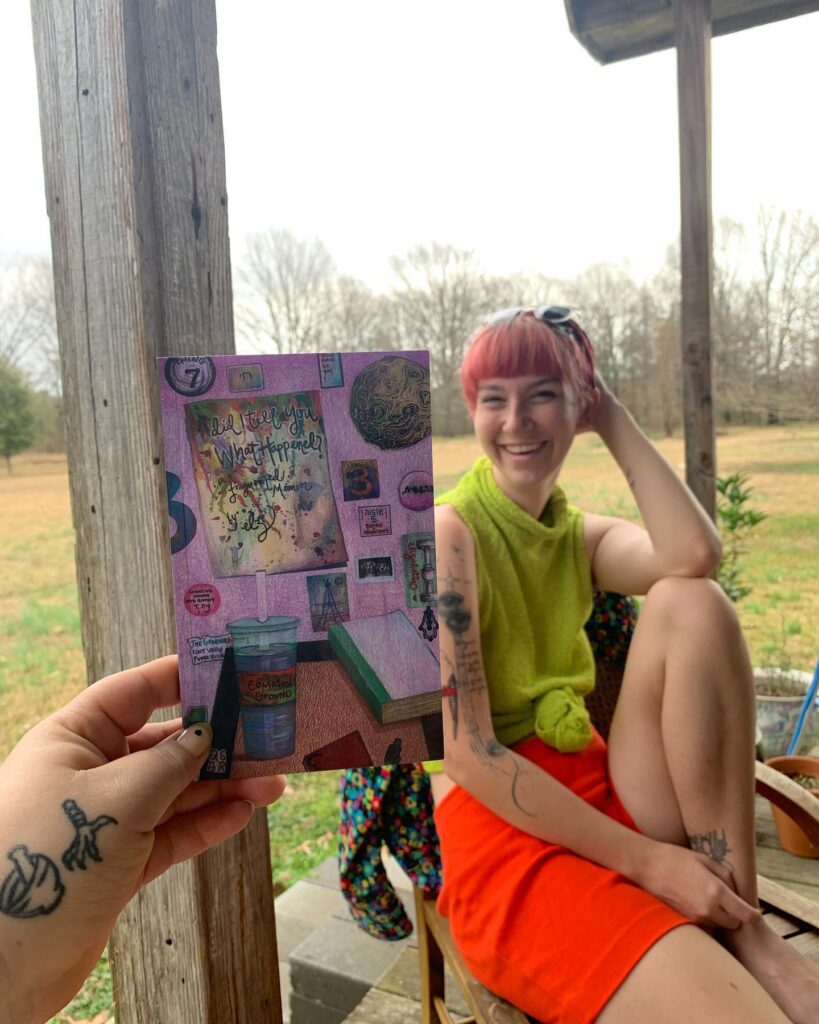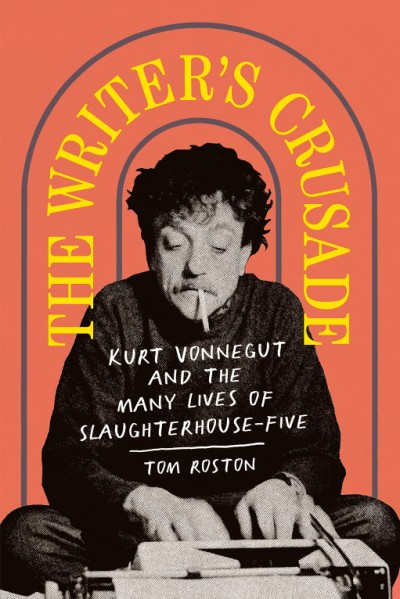
did I tell You What Happened? by elz
Published by Quasar
In literature as well as life, there is often just as much to win in naming something than in discovering. Apollinaire didn’t found the calligram, but he did find a name for it. The haiku of today used to be called the hokku, until Masaoka Shiki divorced it from the renga and retitled it. And of course, where would we be without the first divinely appointed nomenclator, Adam?
One of Oxford’s own, Elz Bulington, has added themselves to the list of literary codifiers with their debut book, did I tell You What Happened? It is subtitled “a fragmented memoir.” Sections are structured like poems, but with a strong narratorial presence and a centered pace. The experimentation goes from format, with unorthodox breaks and innovative spacing, to include experiments with content, there being drawings beside text. Reading this book really feels like being there for the first outing of Breton or H.D. Here’s one of the shorter pieces, “circle K”:
fine, thank you
and can i put 20 on 5?
yes, that Will Be All
actually…
The emphasis directed by capitalization, the pause specified by space and ellipsis, the way the eye is led around absently in a circle, all this vanguard-pushing appears effortless. There is definitely welcome influence from another local writer, Beth Ann Fennelly, whose Heating & Cooling also experimented with elision and the memoir. Nonetheless, Elz has offered an artistic vision all their own. Get it for eleven dollars at Square Books, and get an experience.
The Writer’s Crusade: Kurt Vonnegut and the Many Lives of Slaughterhouse-Five
Tom Roston
Abrams Press ($26)
The works of novelist and WWII veteran Kurt Vonnegut have had a mainstream shelf-life well beyond that of his contemporaries. How many high school classes are assigned Portnoy’s Complaint? Who ever saw a John Cheever tattoo? Yet, despite Vonnegut’s popularity, not often is a closer than cursory look given to his life.
Tom Roston, journalist and Vonnegut superfan, is helping to change this dynamic with a new book about the background of Slaughterhouse-Five. Herein the reader will find rumored legends of Kurt as a soldier (“…an emaciated, 22-year-old Vonnegut aiming down a rifle at the former Nazi guard who had treated him cruelly”), discourses on the PTSD interpretation of the novel (“I imagine reducing this book to a clinical diagnosis…would make Vonnegut shudder”), and even summaries of early drafts (“There is another version that…centers on a character named Billy Pilgrim who is a Pontiac car salesman in the Midwest…which tells of Pilgrim’s relationship with a gay lodger in his home who sells washing machines”).
What I like most about The Writer’s Crusade is how nimble it is in escaping the established genres of books-about-authors. This is not a fat biography featuring every letter Vonnegut ever sent, his mistresses, and a catalog of his breakfasts. This is not an impenetrable assessment with an index containing thirty entries for Derrida, Jacques. What Tom Roston offers is a book that I believe most Vonnegut readers have been thirsting for: an insightful exploration of the classic that looked at the horrors of war in the face and braved humor. If that isn’t nice for twenty-six dollars, what is?
Both books reviewed in this column are available at Square Books in Oxford, Mississippi.



